Untitled
1961
Ink on paper
20 x 30 inches
Signed and dated 61′ lower left
Ex-collection:
The Artist
Private collection
Arthur Brandt, New York
Franz Kline is one of the most familiar American painters. His thick black strokes set into or slashed across white grounds are as deeply etched in the landscape of postwar American art as Pollock’s ”drips” or de Kooning’s women. Kline’s architectural building blocks are as erect as bridges, as insistent as trains, as inevitable as a cross-country interstate, as inescapable as night.
Yet Kline’s art is anything but black and white. If his work is boisterous, it is also silent. If it is a celebration of unfettered movement, it is also a scar. If it is filled with suggestions of windows and doors, those windows and doors have often been boarded up or slammed shut. If his paintings are abstract and irreducible, they also seem like maps charting a lifetime of journeys through rural and urban America, popular and high culture, American and European art.
As much as any Abstract Expressionist, Kline seems fully present in everything he did. His sensibility is as unmistakable in his figurative as in his abstract work, in paintings that are fully realized as in paintings that are mannered and unresolve
This intensity is certainly also due to Kline’s relatively short career – he died in 1962 at the age of 51 – as well as to the existence of a Kline style. But it also suggests the quality of the artist’s attention and his pictorial gifts. Kline seems to have been responsive to everybody and everything, both inside and outside painting. When he put down a stroke, it could fill a canvas the way Kline the person was apparently capable of filling a room. One gesture, and suddenly he or his painting could seem fully there.

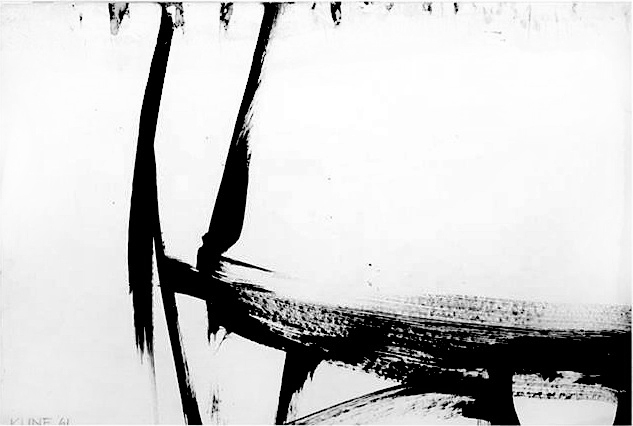
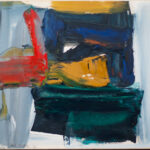 Untitled
Untitled
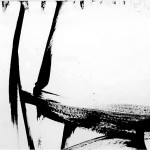 Untitled
Untitled
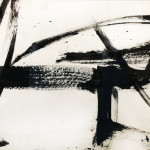 Untitled
Untitled
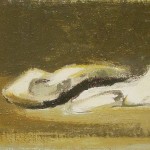 Kitska
Kitska
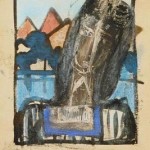 Elizabeth at Islip (Portrait of the Artist’s Wife)
Elizabeth at Islip (Portrait of the Artist’s Wife)
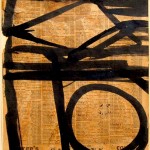 Study for Clock Face
Study for Clock Face
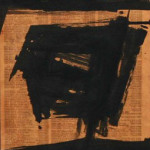 Untitled
Untitled